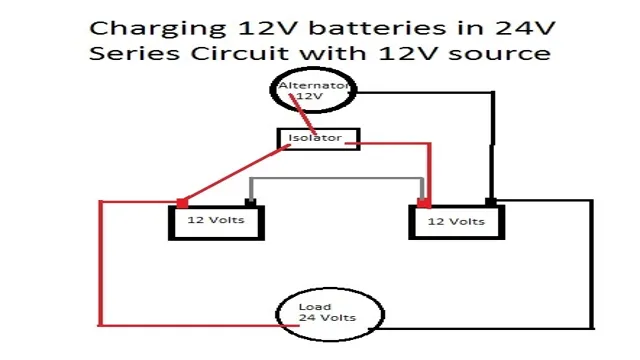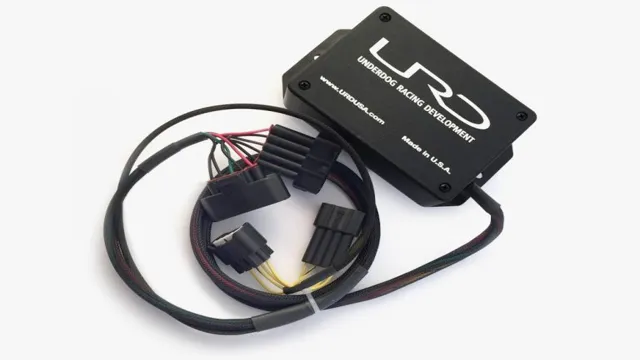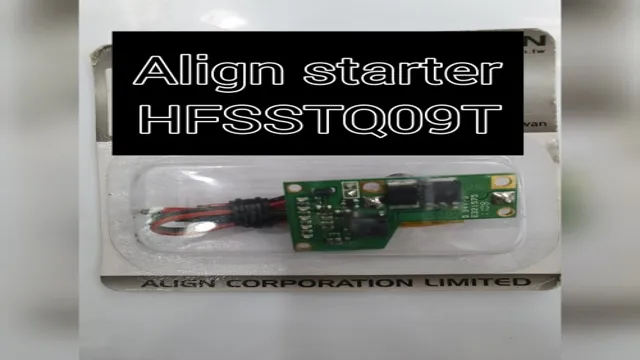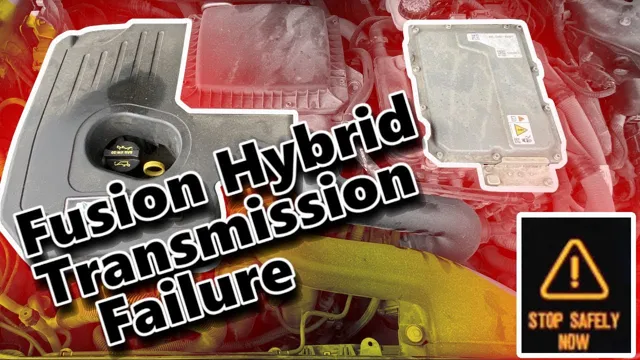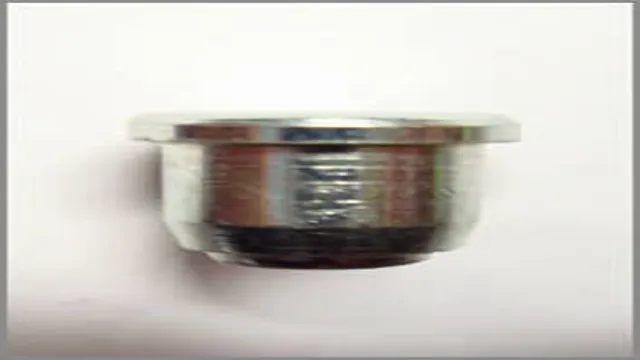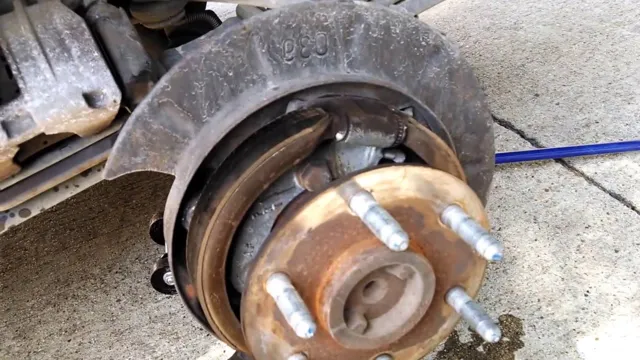Complete Guide: How to Effectively Charge Your 24V System with a 12V Charger
Are you in a situation where you need to charge a 24V battery but only have a 12V charger available? Don’t worry, you’re not alone! Many people have found themselves in this dilemma at some point, wondering if it’s safe and possible to use a 12V charger to charge their 24V battery. In this blog, we’ll be discussing everything you need to know about charging a 24V battery with a 12V charger. If you’re not familiar with electrical terms, charging a 24V battery with a 12V charger may seem impossible or dangerous.
But it’s important to understand that with the right equipment and knowledge, it is possible and safe. In fact, sometimes it may even be necessary to charge a 24V battery with a 12V charger due to unforeseen circumstances or limited resources. In this blog, we’ll explore different methods and techniques you can use to charge your 24V battery with a 12V charger, including series and parallel connection.
We’ll also discuss the importance of safety precautions and how to avoid damage to your battery or charger. Finally, we’ll provide you with some tips on how to determine if a 12V charger is suitable for your 24V battery and how to choose the best charging method for your specific situation. So whether you’re a beginner or an experienced professional, this blog is for you.
You’ll walk away with a better understanding of how to charge a 24V battery with a 12V charger safely and effectively. Let’s dive in and learn more!
Understanding Voltage Differences
When it comes to charging a 24V system with a 12V charger, it is important to understand voltage differences. A 12V charger is not designed to charge a 24V system, and attempting to do so can be dangerous. However, there are ways to safely charge a 24V system with a 12V charger.
One option is to use a voltage converter to step up the voltage from 12V to 24V. Another option is to connect multiple 12V chargers in series to create a 24V output. It is important to check the voltage and amperage requirements of the system you are charging and ensure that the charger or converter you are using meets those requirements.
Taking the time to properly understand voltage differences can help ensure a safe and efficient charging process for your 24V system.
Voltage Explained and its Importance in Charging
Voltage Voltage is a measure of the amount of electrical pressure that is pushing through a circuit. It determines the amount of energy that flows from a battery or charging source into a device. Different electronic devices have different voltage requirements, and understanding these differences is crucial in ensuring proper charging and safe operation.
Devices with higher voltage requirements will need a charging source that can match that voltage output. Conversely, charging devices with a higher voltage than needed could damage the device’s battery. Think of voltage like the pressure of water coming out of a hose, where different hoses have different levels of pressure.
Just as different hoses require different pressure levels to function, electronic devices have different voltage requirements for optimal charging. It’s essential to take note of these requirements to ensure that your electronics are charged correctly and safely.

Dangers of Overcharging or Undercharging
The voltage of a battery is essential for its proper functioning. Overcharging or undercharging a battery can be detrimental to its overall life and performance. When a battery is overcharged, it can lead to increased heat and electrical current, which can cause the battery to swell and leak corrosive chemicals.
On the other hand, undercharging a battery can cause it to have a decreased capacity and lose its ability to hold a charge over time. Understanding the voltage differences and the optimal charging levels of a battery is crucial in ensuring its longevity. It’s like trying to drive a car with too much or too little fuel in the tank; it won’t function efficiently and can cause problems down the line.
Therefore, it’s important to take care of your batteries and ensure they are being charged correctly to prevent any potential hazards or malfunctions.
Options for Charging 24V with 12V Charger
If you need to charge a 24V system with a 12V charger, there are several options that you can consider. The first is to use a boost converter to increase the voltage output of the 12V charger to 24V. This device essentially takes the 12V input and boosts it up to the required 24V level.
Another option is to connect two 12V batteries in series to create a 24V battery bank and then charge it using a 12V charger. This technique involves wiring the batteries so that the positive terminal of one battery is connected to the negative terminal of the other, and the remaining two terminals are used to connect to the charger. Lastly, you can use a specialized charger that is designed to work with both 12V and 24V systems.
These types of chargers typically have selectable voltage outputs and can be used to charge both types of batteries without any special modifications. Whatever option you choose, it’s important to ensure that you are using the correct charging settings and following the manufacturer’s instructions to avoid any damage to your batteries.
Charging via Series Connection
If you’re looking to charge a 24V battery using a 12V charger, you might be wondering what your options are. Charging two 12V batteries in series seems like a logical solution, but it’s important to note that not all chargers are compatible with this method. You’ll need to make sure that your charger can handle the increased voltage and that it has enough amperage to charge the larger battery bank.
Another option is to use a DC-to-DC converter, which can step up the voltage from 12V to 24V. This method can be more efficient than charging in series, but it also requires additional equipment. Ultimately, the best option will depend on your specific charging needs and the equipment you have available.
Just be sure to do your research and follow the manufacturer’s instructions to ensure safe and effective charging.
Using a Boost Converter
Boost Converter When it comes to powering electronic devices that require 24V DC, it can be challenging if you only have a 12V DC charger. Fortunately, a boost converter can step up the voltage from 12V to 24V, allowing you to charge your device safely and effectively. Boost converters use an inductor, capacitor, and switching circuit to increase the voltage, making them incredibly efficient and reliable.
There are two types of boost converters: step-up and flyback. A step-up converter is ideal for small to medium-sized loads, while a flyback converter is more suitable for larger loads. Both types of converters can handle input voltages ranging from 3V to 40V, making them versatile and useful for a wide range of applications.
So, if you’re dealing with a tricky charging situation involving a 24V device and a 12V charger, a boost converter can be an invaluable tool to meet your needs.
Using a Voltage Doubler
If you’re looking to charge a 24V battery with a 12V charger, using a voltage doubler is a great option. This device converts the input voltage to a higher output voltage, effectively doubling the voltage that’s available to charge your battery. With a voltage doubler, you can safely and effectively charge a 24V battery using a 12V charger that you may already have.
Just be sure to use a voltage doubler that’s rated for your specific battery capacity and use caution when connecting it to your charging system. By using a voltage doubler, you can save money and still keep your battery charged and ready to go when you need it.
Tips for Safe and Efficient Charging
If you have a 24-volt system but only have a 12-volt charger, don’t worry, you can still charge your system safely and efficiently. The key is to use a voltage step-up converter to ensure that the voltage level is high enough to charge your 24-volt system. These converters are relatively inexpensive and are available at most electronics or hardware stores.
When charging your system, it’s essential to use the right charging settings and avoid overcharging. Overcharging can damage your batteries and reduce their lifespan. It’s best to use a smart charger that automatically stops charging once the battery is fully charged.
Also, always make sure your charger is compatible with your system’s battery chemistry, such as Lead-Acid or Lithium-Ion. By being mindful of these considerations, you can safely and efficiently charge your 24-volt system using a 12-volt charger.
Choosing the Right Charger and Battery
When it comes to charging your devices, it’s important to choose the right charger and battery to ensure safety and efficiency. One tip is to always use the charger that comes with your device, or one that is recommended by the manufacturer. Using a third-party charger can not only lead to slower charging speeds, but it can also damage your battery and even cause safety concerns.
Additionally, make sure to use a charger with an appropriate wattage for your device. Using a charger with a lower wattage can result in longer charging times, while using one with a higher wattage can damage your battery or even cause a fire. It’s also a good idea to avoid overcharging your device, as this can lead to reduced battery life over time.
Using a certified charger and following these tips can help ensure safe and efficient charging for your devices.
Preventing Damage and Overheating
When it comes to charging your electronic devices, it’s important to take precautions to prevent damage and overheating. To start, only use the charger that came with your device or one that is compatible and has the same voltage and amperage output. Avoid charging your device on surfaces or in environments that may cause it to overheat, such as on a bed or in direct sunlight.
Additionally, try to avoid using your device while it’s charging, as this can also cause it to overheat. Another tip is to unplug your device once it reaches full charge, as keeping it plugged in for an extended period can also cause damage. Taking these simple steps can help ensure safe and efficient charging for your electronic devices.
Conclusion
In conclusion, charging a 24v system with a 12v charger is like trying to fit a square peg into a round hole. It’s not impossible, but it requires a bit of creativity and the right tools to make it work. With some ingenuity, a step-up converter, and a bit of patience, you can successfully charge your 24v system with a 12v charger.
So, don’t be discouraged by the mismatched voltage, embrace the challenge and emerge victorious!”
FAQs
Can I charge a 24V system with a 12V charger?
No, you cannot charge a 24V system with a 12V charger. The voltage difference is too great and may damage the components of your system.
What type of charger do I need to charge a 24V system?
You need a charger that is specifically designed for 24V systems. These chargers have the right voltage output and amperage to safely and efficiently charge your 24V system.
Can I use a 24V charger to charge a 12V system?
Yes, you can use a 24V charger to charge a 12V system. However, you need to make sure the charger has a voltage regulator to prevent overcharging and damaging the 12V system.
How long does it take to fully charge a 24V system?
The charging time for a 24V system varies depending on the capacity of the battery and the amperage of the charger. On average, it takes 6-8 hours to fully charge a 24V system with a charger that has an output of 10-15 amps.

